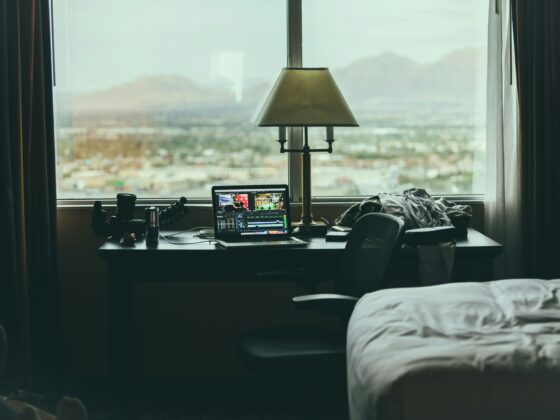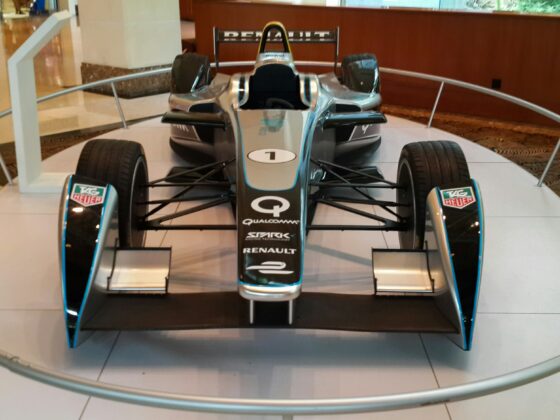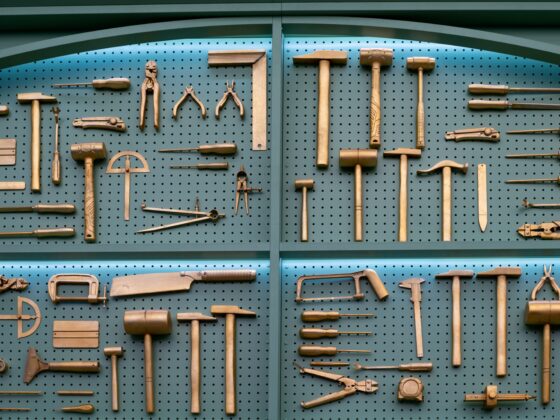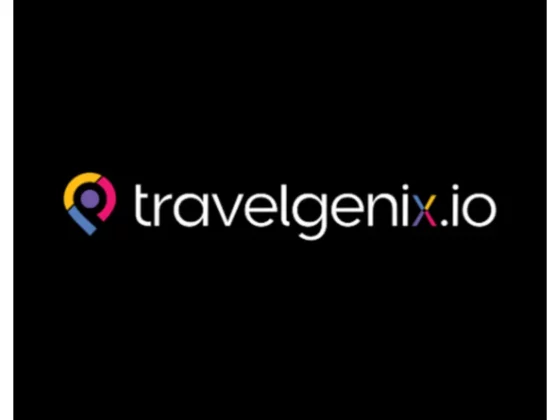
Elad Inbar, Founder and CEO, RobotLAB
What factors have driven the recent surge in robotics adoption?
Advancements in a) sensor technology such as LiDAR (distance sensor), which improved accuracy and dropped the price by a factor of 10, b) Navigation algorithms and AI which allow robots to navigate around obstacles, even if the path is blocked, c) battery technology which enhanced the run time of robots and d) enhanced computing power which allows all of these to run locally, enabling robots’ continuous operation, even if internet connection isn’t available.
Are hospitality robots designed differently from those in other industries?
Yes! Robots that are customer-facing look friendlier, typically have virtual faces (or at least eyes), need to speak in clear language, and many times play music while travelling, and many support a special “birthday mode” which make the robot light up like a Christmas tree while playing “happy birthday” all the way to the guest table. Cleaning robots are also designed with people-first in mind, making them look friendly and helpful. Industrial robots on the other side are all about utility. Whether a robot in a factory has eyes or face, is not important in industrial spaces. That also goes for cleaning robots in warehouses and large back-of-house spaces, there’s no need to make them look friendly.
How do you address concerns that robots could take jobs from workers or that guests prefer human interaction over robots?
Robots are not taking jobs. They help business owners automate tasks that people don’t want to do any more. People don’t want to vacuum for 8 hours a day or bus tables. Because of labor shortages, the few that do show up to work are over-worked, resulting in frequent quits, and only exaggerating the need for skilled labor. Just think about how many times you’ve sat in a restaurant, asked for the check, the server signaled “just a moment”, and didn’t come back for a long time. It’s not that they don’t care about you, they’re simply over worked. In hospitality the human connection is very important and robots allow business owners to offer more of that by automating mundane tasks and allowing the people that show up to work to do more important, customer-facing tasks.
How can robots transform a restaurant and/or hotel’s business model?
Technology that results in a 10x improvement over the alternative is poised to take over the market quickly. Robots offer a very compelling ROI for business owners. Delivery robots start at around $15/day, cleaning robots at $20/day and cooking robots at $30/day, which is very cost-effective. This very compelling business case is changing, and will further change, the hospitality industry by lowering costs and improving operations in all aspects of their businesses.







